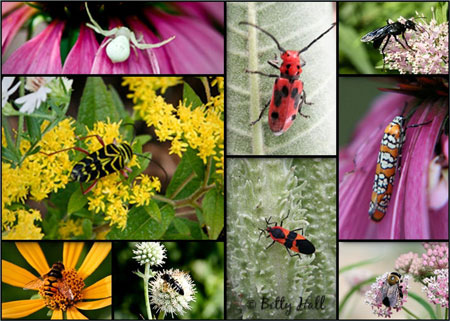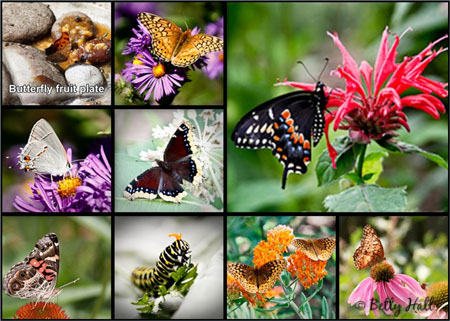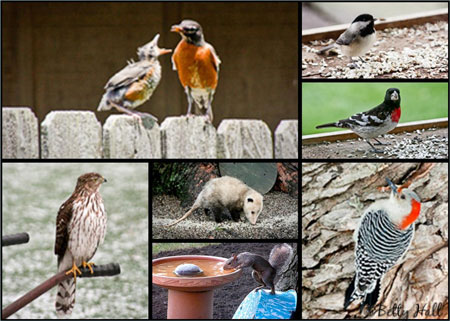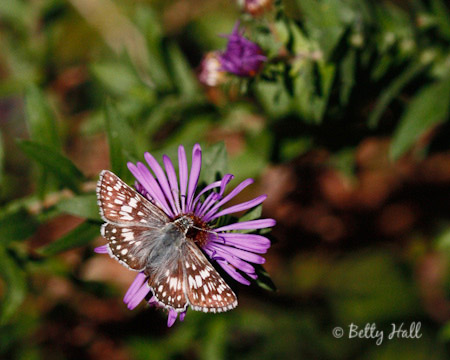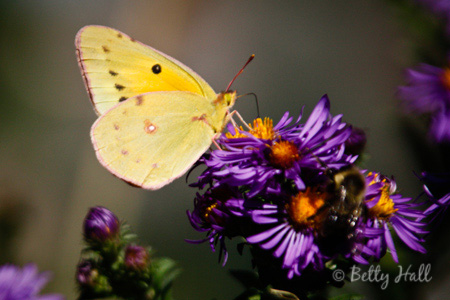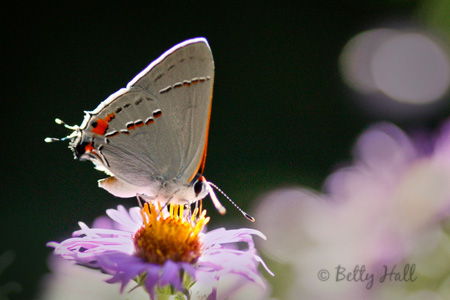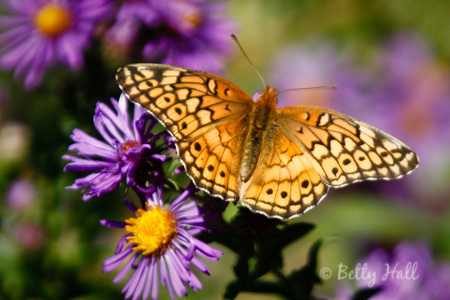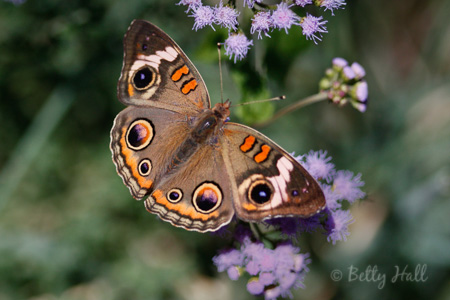Spicebush (Lindera benzoin) blooms are the latest sign of spring in the backyard. In my opinion, this is a first-rate shrub for suburban landscapes. This native Kentucky plant is easy to grow and does well in shade or sun.
It has small yellow flowers in early spring and attractive foliage in summer, and female plants have bright red berries in early autumn. The leaves have a pleasant spicy smell when crushed. It can grow up to 15 ft. high but it can be kept to most any size by pruning.
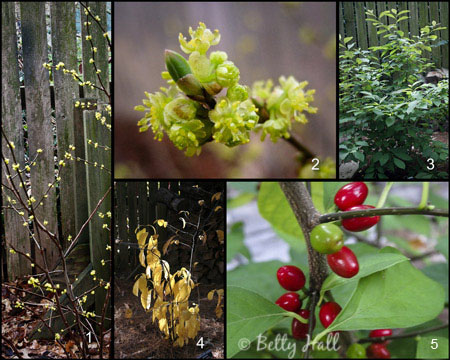
And if that isn’t enough, it’s also the major host plant for spicebush butterflies (Papilio troilus). I wrote about the spicebush caterpillar last summer and these images review the butterfly’s life cycle.
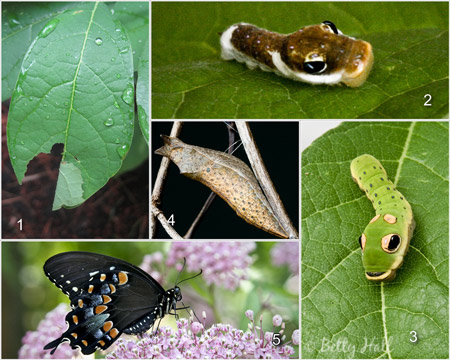
Last summer I found several caterpillars on my two spicebush shrubs and saw the butterflies in the backyard. I’m not sure which I enjoyed more.
Spicebush is fairly common as an understory shrub in our Kentucky woods. Their yellow bloom makes them easy to spot this time of year. I’m glad to find them in the woods and I hope to see more of them in suburban yards.

